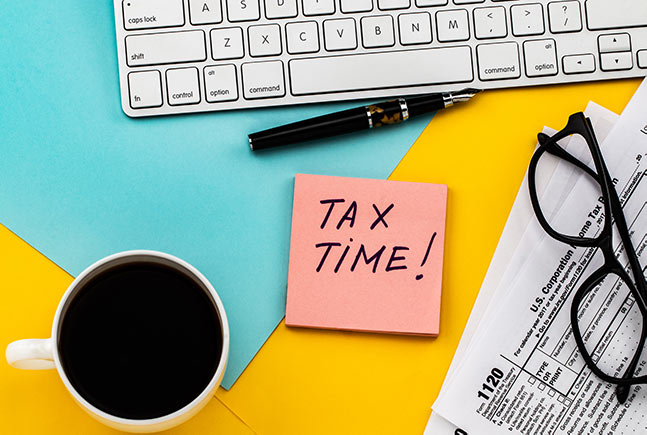
Some 1031 exchange executions start in one year and finish in another. This is called straddling tax years. Usually, this is no more than two years. What are the tax consequences when a 1031 stretches across two years, and what does it mean for the outcome of the 1031?
General 1031 Exchange Timeline
The timelines for a 1031 exchange are 45 days to identify a replacement property and 180 days to execute the exchange. The 45 days are included in the 180, making the total timeline from start to finish 180 days.
For investors, 45 days to identify a property can be difficult, especially in a buyers' market where properties are few and far between. If no property is identified within the timeframe, the exchange will fail.
However, there are other reasons the exchange may fail. For example, the property might be sold with no replacement property identified. In this case, the exchange will fail but will also leave the investor owing capital gains taxes on the sale of the relinquished property.
The above example isn’t so terrible if the exchange continues into the next tax year. Let’s see why.
Straddling Two Tax Years
There are 180 days from July 4th to December 31st. This means a like-kind exchange starting on July 4th has just enough time to complete by the end of the year and avoid straddling two years. However, after July 4th, there is the potential for completion in the following year.
Of course, an exchange can be completed well before 180 days. So not every exchange needs to be concerned that it won't be complete by year-end if it starts on July 4th.
On the other hand, if the relinquished property is sold during the 45-day period between November 17th and December 31st, there is a good chance of pushing the exchange into another tax year.
For those exchanges that go into another year, the investor has a tax advantage should the exchange fail. In that case, they basically get one free year of tax deferral.
Going back to the previous example where the relinquished property was sold in one year, but the exchange went into the following year and failed, the investor won't owe taxes in the year the exchange started. Instead, they'll get a deferral into the year the exchange was completed (although unsuccessfully). This creates a tax deferral for the investor. Technically, an installment sale is created.
In this scenario, the IRC Section 1031 transaction transitions to that of an IRC Section 453 (i.e., installment sale).
Investors shouldn't go into a 1031 exchange with the goal of utilizing tax straddling. Investors must put forth an intent to exchange. Otherwise, they can be left with a hefty tax bill.
This material is for general information and educational purposes only. Information is based on data gathered from what we believe are reliable sources. It is not guaranteed as to accuracy, does not purport to be complete and is not intended to be used as a primary basis for investment decisions. It should also not be construed as advice meeting the particular investment needs of any investor.
Realized does not provide tax or legal advice. This material is not a substitute for seeking the advice of a qualified professional for your individual situation.
Costs associated with a 1031 transaction may impact investor's returns and may outweigh the tax benefits. An unfavorable tax ruling may cancel deferral of capital gains and result in immediate tax liabilities.
Hypothetical examples shown are for illustrative purposes only.



